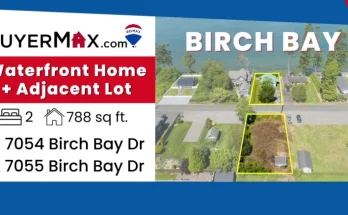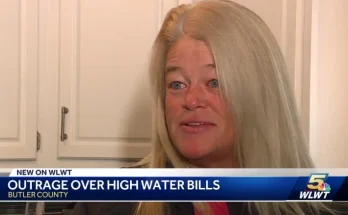Are you a resident of Talladega wondering about the water and sewer system in your city? Look no further. In this article, we will provide a comprehensive guide to everything related to Talladega’s water and sewer system.
1. Introduction
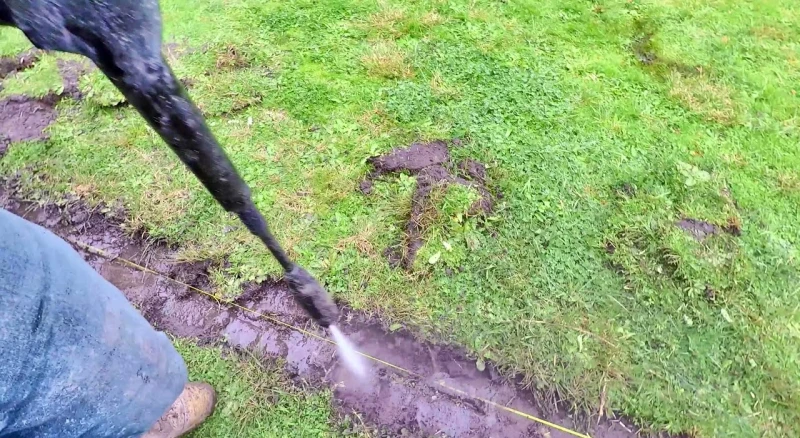
Talladega is a city in Alabama with a population of around 15,000 people. The city’s public utilities are responsible for providing clean drinking water and managing the wastewater treatment. The Talladega Water and Sewer Department (TWSD) is the entity that manages the city’s water and sewer infrastructure.
2. Talladega Water System
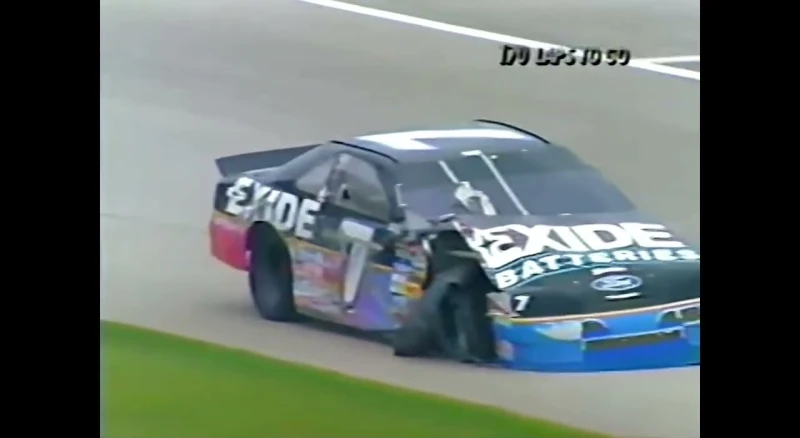
The Talladega Water System is responsible for supplying clean and safe drinking water to the residents of Talladega. The TWSD is tasked with ensuring that the water supply meets all federal and state regulations on water quality. Here are some important details about the Talladega Water System:
- Sources of Water: The Talladega Water System draws its water from two main sources – the Coosa River and Wesobulga Creek.
- Water Treatment: Before distributing it to the residents, the water goes through several treatment processes, including coagulation, sedimentation, filtration, and disinfection.
- Water Quality Testing: The TWSD conducts regular testing of the water to ensure that it meets all regulatory standards. The results of these tests are made available to the public.
3. Talladega Sewer System
The Talladega Sewer System is responsible for collecting, treating, and disposing of wastewater generated by the residents and businesses in the city. Here are some important details about the sewer system:
- Wastewater Treatment Plant: The wastewater treatment plant in Talladega is designed to treat an average daily flow of 4 million gallons per day. The plant uses a process called activated sludge to treat the wastewater before discharging it into a nearby creek.
- Sewer Rates: The TWSD sets sewer rates based on the amount of water used by each customer. The rates are designed to cover the costs of maintaining and upgrading the sewer system.
4. Billing and Payment
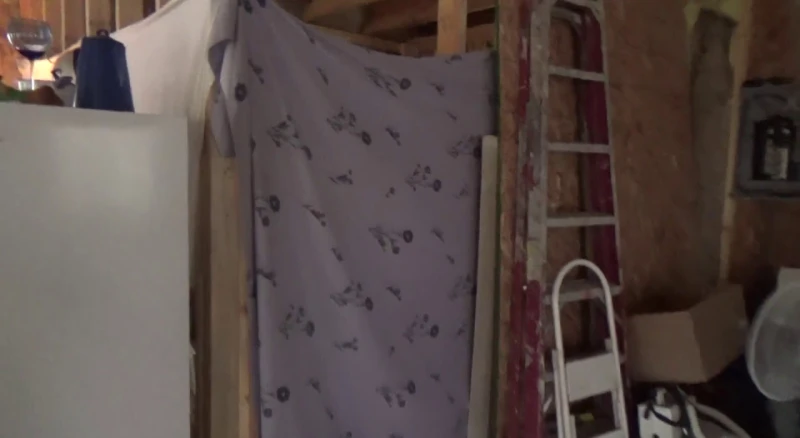
The TWSD bills its customers for both water and sewer services. Here’s what you need to know about billing and payment:
- Billing Frequency: Bills are sent out monthly.
- Payment Options: Customers can pay their bills online, by mail, or in person at the TWSD office.
- Late Payments: If a customer fails to pay their bill on time, they will be charged a late fee.
5. Contacting the TWSD
If you have any questions or concerns regarding Talladega’s water and sewer system, you can contact the TWSD at the following:
- Address: 100 South Court Street, Talladega, AL 35160
- Phone: (256) 362-8186
- Email: [email protected]
6. Frequently Asked Questions (FAQs)
- What should I do if I experience low water pressure in my home? If you experience low water pressure, you should first check your water meter to ensure that it is not clogged. If the problem persists, contact the TWSD for assistance.
- What should I do if I suspect a water leak in my home? If you suspect a water leak in your home, you should first turn off all water fixtures and monitor your water meter to see if there is any movement. If there is, you likely have a leak and should contact the TWSD for assistance.
- How often does the TWSD test the quality of the drinking water? The TWSD tests the quality of the drinking water on a regular basis – at least once per year for most contaminants. You can find the results of these tests on the TWSD website or by contacting the department directly.
- How are sewer rates determined? Sewer rates are determined based on the amount of water used by each customer. This is because the amount of water used is a good indicator of the amount of wastewater generated.
- What should I do if I experience a sewage backup in my home? If you experience a sewage backup in your home, you should immediately stop using all water fixtures and contact the TWSD for assistance.

